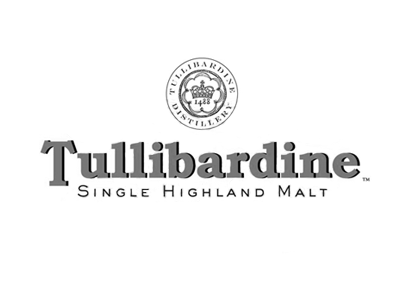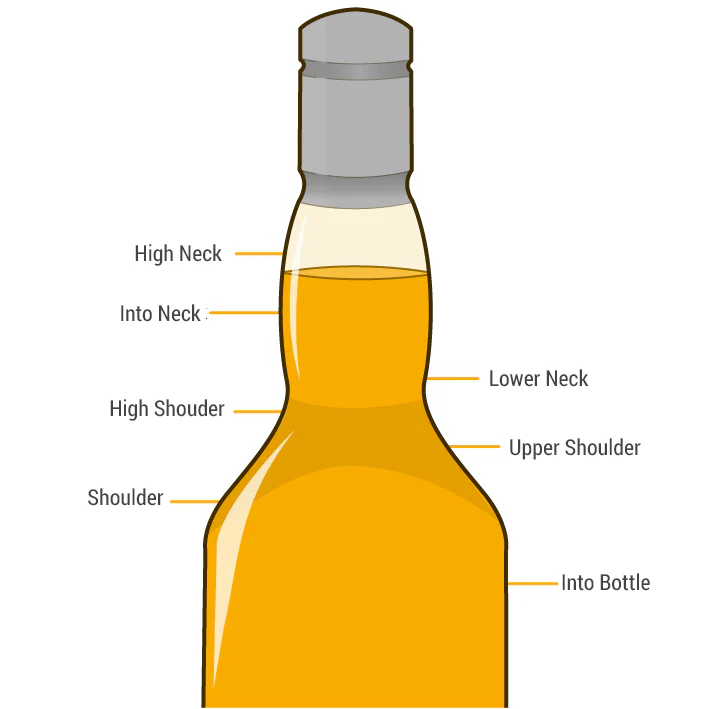End Date : Jan 04 2023 08:00 PM
We may have sold this bottle before. Click the graph below to view our sales history.

Like many of the other T distilleries, with the honourable exception of Talisker, Tullibardine is not a single malt that sets many hearts a-flutter. The distillery suffered under Whyte & MacKay’s chaotic management in the 1990s and was mothballed between 1994 and 2003, when it was sold to a private consortium.
Tullibardine’s new owners recommenced production and moved from supplying only blends and own-label bottlings to launching a range of Tullibardine official releases. Crucially, they also reracked a large proportion of the maturing stock from tired refill casks into fresh wine barriques.
Following the 2009 financial crisis, Tullibardine was sold in 2011 to French company Picard, who have done a good job expanding and repackaging the single malt range to raise the distillery’s profile. Long-aged official and independent bottlings of Tullibardine are good value at auction, particularly sherry-aged 1960s and 1970s vintages.

Distillery bottlings are, as the name suggests, bottled by or for the distillery from which the whisky has originated and are thus often referred to as Official Bottlings or OBs. Distillery bottlings are generally more desirable for collectors and usually fetch higher prices at auction than independent bottlings. They are officially-endorsed versions of the whisky from a particular distillery and are therefore considered the truest expression of the distillery’s character.
This ideal of the distillery character is regarded so seriously by the distilleries and brand owners that casks of whisky that are considered to vary too far from the archetype are frequently sold on to whisky brokers and independent bottlers. When this happens, it is often with the proviso that the distillery’s name is not allowed to be used when the cask is bottled for fear of diminishing or damaging the distillery’s character and status.
| BID | DATE | TIME | |
|---|---|---|---|
| £15.00 | 4th January 2023 | 10:54 AM | |




